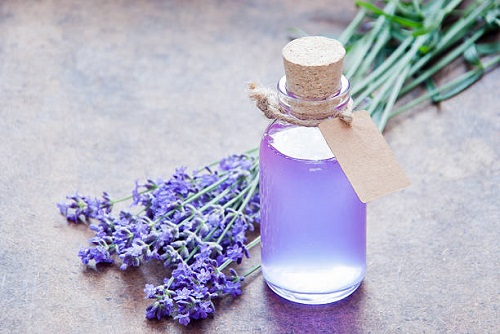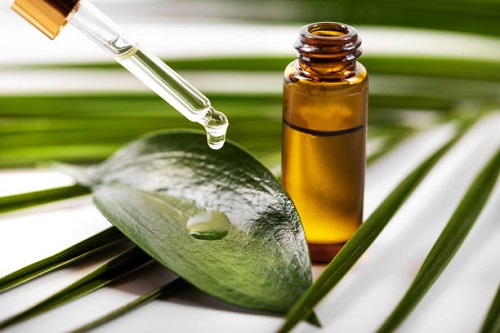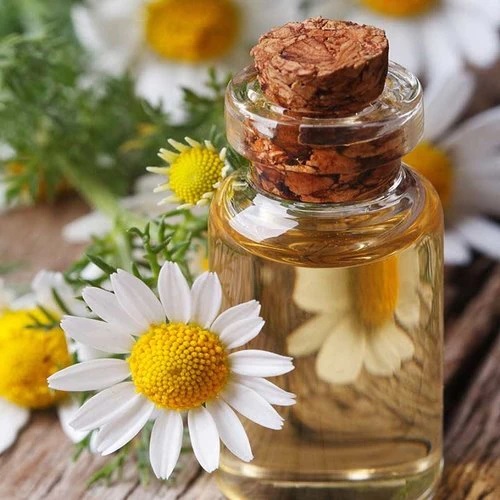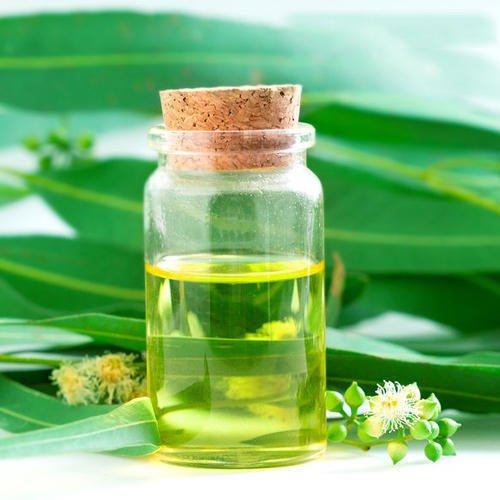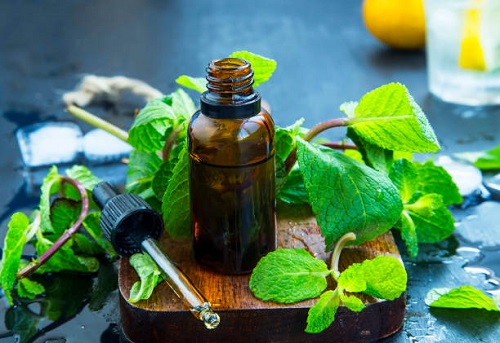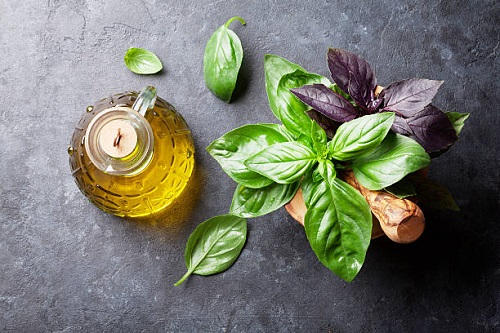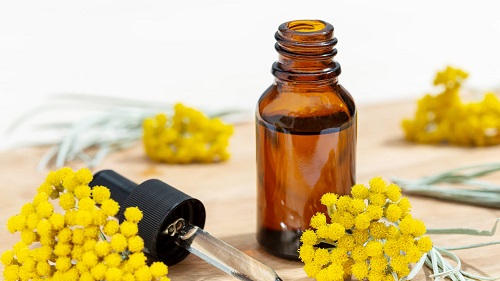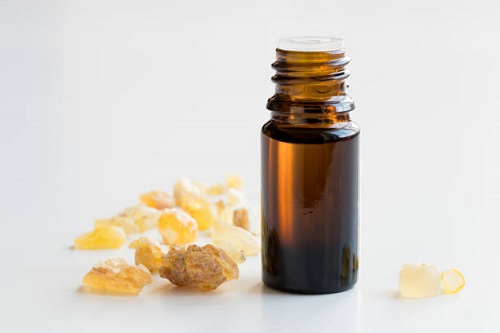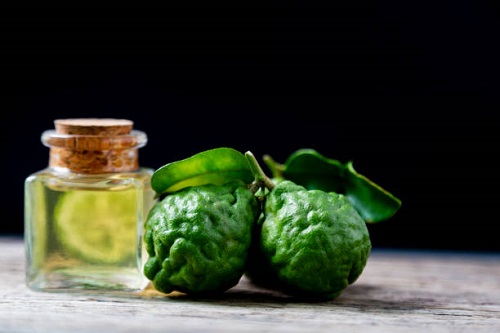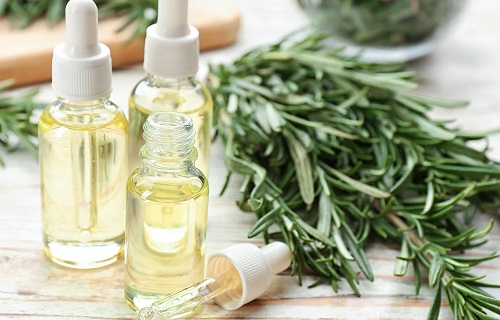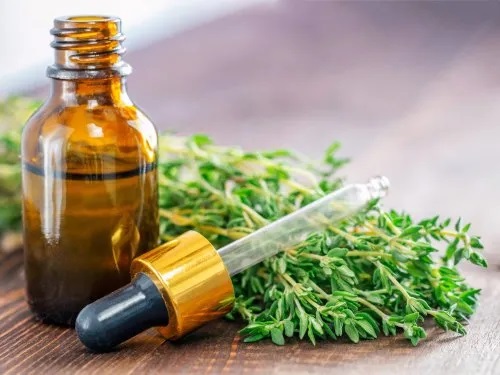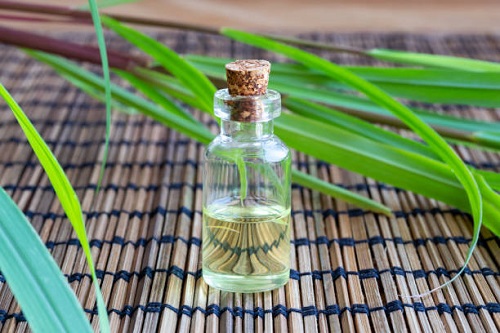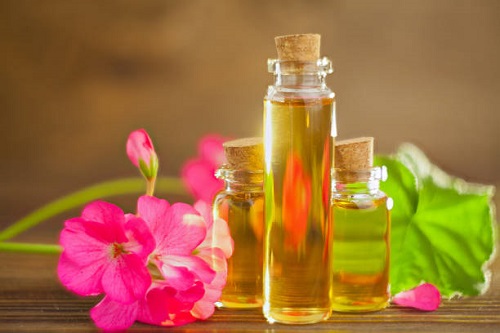Using Essential Oils for Bee Stings offers a sustainable and gentler alternative to soothe that burning sensation without harsh chemicals!
Its high time to ditch over-the-counter cooling lotions and resort to natural remedies such as Essential Oils for Bee Stings. Not only are these safer alternatives, but promote personal wellness with their relaxing aroma and various healing properties.
Discover the Most Effective Essential Oils for Burns here
Essential Oils for Bee Stings
1. Lavender Oil
Lavender oil isn’t just your regular soothing agent; it’s a powerhouse for treating bee stings. Its key component, linalool, acts as a natural painkiller and reduces swelling, offering quick relief. But its talents don’t stop there; it’s also a potent antiseptic, warding off potential infections.
While it’s a champion at alleviating sting-related discomfort, lavender oil is also a stress-buster, widely used in aromatherapy for relaxation.
2. Tea tree
This oil from the Melaleuca alternifolia leaves is a superhero in the essential oil world. It’s your sting-fighting buddy with antibacterial, antifungal, and anti-inflammatory capabilities. Tea tree oil doesn’t just clean the sting site; it also prevents infection and calms inflammation. Its secret weapon? Terpinen-4-ol, which gives it its antimicrobial punch.
3. Chamomile Oil
Think of chamomile oil as the gentle giant of bee sting remedies. Extracted from chamomile flowers, it’s loaded with soothing bisabolol and chamazulene. These compounds are not just anti-inflammatory, but they also speed up the healing process.
What’s more, chamomile oil is a multi-tasker, known for easing skin irritations and promoting a calm, relaxed state of mind.
4. Eucalyptus Oil
This isn’t just any leaf extract; eucalyptus oil is a bee sting’s nemesis. Packed with eucalyptol, it offers immediate relief by creating a cooling sensation and numbing the affected area. Plus, it’s an antimicrobial agent, keeping infections at bay. It’s a must-have for its pain-relieving and anti-inflammatory properties.
5. Peppermint Oil
Peppermint oil is like a breath of fresh air for bee sting victims. It’s enriched with menthol, which cools and soothes the sting area instantly. Not just a one-trick pony, it also reduces swelling and alleviates pain. Beyond bee stings, peppermint oil is revered for its ability to relieve headaches and boost digestive health.
6. Basil Oil
Basil oil, with its eugenol content, is a hidden gem for bee sting treatment. This compound is a natural analgesic and anti-inflammatory agent, offering relief from the sting’s pain and puffiness. Its antimicrobial properties are a bonus, preventing infection.
7. Helichrysum Oil
Not just a pretty name, Helichrysum oil is a skin savior, especially for bee stings. Packed with alpha-pinene and gamma-curcumene, it works wonders in reducing pain, swelling, and redness. Its talent for promoting skin regeneration and fading scars makes it a must-have in your natural remedy kit.
8. Frankincense Oil
Frankincense oil is more than just an ancient treasure. It’s a soothing balm for bee stings, thanks to boswellic acid’s anti-inflammatory prowess. It not only reduces swelling but also helps repair the skin affected by bee-stings.
9. Bergamot Oil
Bergamot oil, with its citrusy note, does a great job at soothing bee stings. Its linalool content acts as an analgesic and anti-inflammatory agent, easing pain and swelling. It’s also a mood booster, but beware of its photosensitivity; no sunbathing after application! Always patch test, especially if you have citrus sensitivities.
10. Rosemary Oil
Rosemary oil isn’t just for culinary brilliance; it’s a bee sting relief agent too. Rosmarinic acid gives it anti-inflammatory and pain relief powers. It’s also a guardian against infections, improves focus, promotes hair growth, and supportes respiratory health.
Note to pregnant women, hypertension, and epilepsy patients—this one’s not for you.
11. Thyme Oil
Thyme oil is a powerhouse against bee stings, thanks to thymol. It’s great at fighting off infection and calming inflammation. Traditionally revered for respiratory and immune support, it’s strong, so dilute well and patch test, especially if you’re pregnant or have sensitive skin.
12. Lemongrass Oil
Lemongrass oil brings its citral-rich, analgesic, and anti-inflammatory A-game to bee sting relief. It eases pain, curbs inflammation, and keeps bacteria at bay. However, be cautious if you have sensitive skin or are expecting, and always start with a patch test.
13. Clove Oil
Clove oil, with its eugenol magic, numbs bee sting pain and battles infections. It’s like a mini first-aid kit in a bottle, also known for its warming properties helping with dental ailments and digestive support.
14. Geranium Oil
Geranium oil is the gentle warrior against bee stings. It targets the pain and swelling with its anti-inflammatory properties, while its anti-microbial wand keeps infections away. Beyond stings, it’s great for skin health, emotional well-being, and even as an insect repellant.
15. Yarrow Oil
Yarrow oil is your go-to for bee stings, thanks to its anti-inflammatory and pain-relieving heroes, chamazulene, and alpha-bisabolol. It doesn’t stop there; it’s also known for aiding in wound healing and digestive health. However, pregnant ladies must steer clear of this potent blend and look upto doctor approved lotions.
Check Out 17 Best Smelling Essential Oils here
How to Use Essential Oils for Bee Sting?
When it comes to using essential oils for bee stings, safety matters more than anything.
First, ensure the stinger is removed from your skin. Then, get a bottle of high quality eesential oil from the list. Always dilute the essential oil with a carrier oil – like coconut or jojoba oil – to prevent skin irritation; a good ratio is 2-3 drops drops of essential oil to a teaspoon of carrier oil.
Gently apply the mixture to the sting area using a clean cotton swab or a small piece of cloth. Avoid rubbing vigorously, as this can further irritate the skin. Reapply a few times a day, but if you notice any adverse reactions, like increased redness or itching, discontinue use immediately.
And remember, if you’re dealing with someone who’s allergic to bee stings or if the reaction seems severe, skip the home remedies and seek medical attention right away.


